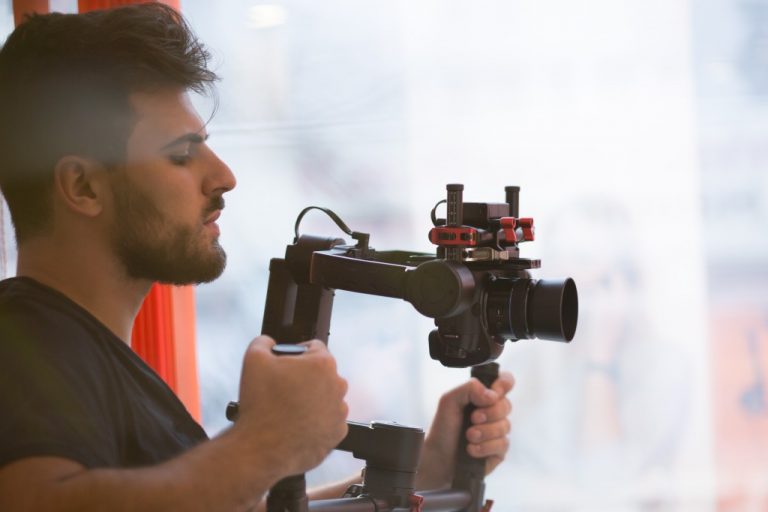Many apps have come and gone since the Internet became a global phenomenon. Some have lived on, while others had been overcome by more popular apps. One of the popular apps that became a sensation overnight is TikTok. But it’s not surprising. The app we know today was born six years ago.
Good Idea, Poor Execution
It was a failed education app called Cicada. Cicada enabled people to create three to five-minute education videos that explain a subject. The idea came from massive open online courses (MOOC) that had great material, but no one finishes. Cicada’s developers thought that if they could help teachers and experts create bite-sized videos, anyone can understand educational content faster. As soon as they launched the app, however, they realized a major problem: producing the videos took too long because experts struggled with compressing subjects into three minutes.
From Education to Music
Cicada quickly pivoted and became Musical.ly. Musical.ly was a music video-making and lip-syncing app that became popular among teenagers from 2014 to 2016. It allowed users to create short-form music videos, combine them, and share them on social media. With Musical.ly, users can do a duet with their friends or celebrities.
Musical.ly’s Short Life
In 2015, Musical.ly hit iTunes’ Top 1 and never dropped out of the Top 40 list. In 2016, ByteDance Ltd released a Chinese video-sharing social networking service called Douyin, which became Musical.ly’s competitor. Douyin rebranded to TikTok for the international market. By May 2017, Musical.ly had 90 million registered users and millions of videos released every day but no profit. That same year, ByteDance bought and merged it with TikTok. The current app uses the format of Musical.ly.
Learning from TikTok

In essence, TikTok combines the power of short-form video and mobile video-sharing. It’s effective in its simplicity. It’s no wonder brands are jumping into the bandwagon now. Here are some marketing lessons we can pick up from the app.
- TikTok adapts to the short attention span of internet users. For a new and trendy app, it supports the traditional content creation rule: Keep It Short and Simple (KISS). The Internet user has an average attention span of eight seconds. With TikTok’s 15-second video, even the less-engaging ones can hold the viewer’s attention up to half of it. If you’re a business owner who wants to put your product out there, the first eight seconds of your TikTok video is all you need to get your foot in the door. If they like these seconds, they can go through the entire video.
- TikTok ushers in an era of short-form mobile video content packaging. Video clips might be the equivalent of paragraphs and sections now. For audiences who prefer watching videos than reading blogs, a series of TikToks breaking down the entire topic will be easier to understand than long-form blogs. The app also allows the videos to be embedded in websites through platforms like WordPress. With a series of video clips, you engage your audience throughout the full delivery of your message, and you can mix and match videos according to the market.
- TikTok offers micro-entertainment. Most audiences are busy, for whatever reason. But they have time pockets throughout the day to check messages, read e-mails, glance at the news, scroll through an ad, or watch a video. If your video is long, it might be paused, abandoned, or reserved for a later time. TikTok provides a minute distraction that needs just a short time to consume. Your buyer sees it, and they watch it. If they like it, they complete it. Boom-boom-boom.
- TikTok provides variety for different audiences. The app’s primary goal is to entertain. But there are no limits to the content you can create. Apart from the song and dance videos, TikTok is now filled with all kinds of videos that inform, educate, inspire, and sell.
These are just a few ways you can maximize TikTok as a marketing tool. After being an education app, a music creation app, and a video-sharing service, it has become a mixture of all and more.
